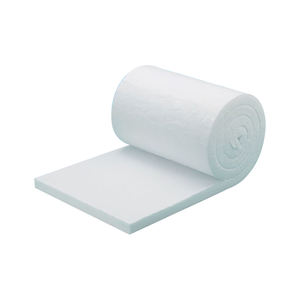Professional industry ceramic supplier, silicon nitride, silicon carbide, aluminum nitride and any other kinds of ceramics.
PRODUCT PARAMETERS
Description
Overview of Ceramic fiber modules with anchors.
Ceramic fiber modules with anchors. is a lightweight, high-temperature insulation material composed primarily of alumina-silica. It is manufactured through a melting and spinning or blowing process, resulting in a flexible, wool-like textile. This material is engineered to provide exceptional thermal management, conserving energy and protecting equipment in extreme temperature environments across various industries.
Features of Ceramic fiber modules with anchors.
-
Excellent Thermal Stability: Withstands continuous operating temperatures up to 1260°C (2300°F) and higher for certain grades, with minimal shrinkage.
-
Low Thermal Conductivity: Provides highly efficient insulation, reducing heat loss and improving energy efficiency.
-
Lightweight & Low Heat Storage: Offers low thermal mass, enabling rapid heat-up and cool-down cycles for improved process control and energy savings.
-
Thermal Shock Resistance: Highly resistant to damage from rapid temperature changes.
-
Excellent Flexibility & Resilience: Can be fabricated into blankets, boards, papers, and textiles to fit complex shapes and applications.
-
Good Chemical Stability: Resists attack from most corrosive agents, except strong alkalis and hydrofluoric acid.
Specification of Ceramic fiber modules with anchors.
Ceramic fiber modules provide excellent thermal insulation for high-temperature equipment. These modules are made from spun alumina-silicate ceramic fibers. The fibers are needled together for strength. This creates a flexible blanket. The blanket is then folded into a specific module shape. Metal anchors are pre-installed directly into the module. The anchors hold the module firmly in place on the furnace or boiler wall.
Key specifications matter for performance. Module density is important. Common densities range from 190 kg/m³ to 240 kg/m³. Higher density usually means better resistance to erosion and longer life. The fiber type determines the maximum temperature rating. Standard modules handle 1260°C. High purity modules withstand 1400°C. Zirconia enriched types resist temperatures up to 1430°C. Always check the exact temperature rating needed.
The module size is standardized. Typical dimensions are 300mm x 300mm or 300mm x 600mm. Thickness varies from 200mm to 350mm. The folded pattern creates a compressed block. This block expands after installation. The expansion fills gaps tightly. This creates a seamless insulation layer.
Anchors are crucial for secure mounting. Common anchors are V-shaped or quick-install pins. They are made from heat-resistant alloys like 304 or 310 stainless steel. The anchor penetrates deep into the module. The exposed end welds or bolts to the furnace shell. Proper anchor spacing ensures the module stays fixed. This prevents sagging or falling out over time. Modules are designed for easy replacement. Damaged modules can be removed individually. New modules slot back into the same anchor points. This minimizes downtime during maintenance.
Applications of Ceramic fiber modules with anchors.
Ceramic fiber modules with anchors are essential for high heat protection in many industries. They are made from special ceramic fibers. These fibers handle extreme temperatures very well. The anchors are metal parts fixed to the module surface. These anchors make installation much easier and faster. Workers simply hook the modules onto pins already welded to the furnace or boiler wall. This creates a strong, reliable lining without complex work.
These modules are perfect for lining industrial furnaces. They keep the heat inside efficiently. This saves a lot of energy and lowers operating costs. Steel plants use them extensively. Glass manufacturing furnaces rely on them too. Their light weight is a big advantage. Heavy, traditional brick linings need stronger support structures. Modules reduce that need significantly.
Boilers in power plants also benefit greatly. The modules insulate the boiler walls effectively. They prevent dangerous heat loss. This ensures the boiler operates safely and efficiently. Maintaining high steam production becomes more reliable.
Petrochemical heaters face very high temperatures. Ceramic fiber modules with anchors provide excellent insulation here. They protect the heater structure from damage. This extends the equipment’s life and improves safety.
Kilns for firing ceramics or drying materials need consistent heat. These modules create a stable, insulated environment. Heat stays where it’s needed. This improves product quality and process control. The modules resist thermal shock extremely well. Rapid heating or cooling cycles won’t crack them. This durability means less maintenance downtime.
The anchors are key to the system’s success. They hold the modules firmly in place. This prevents sagging or falling off over time. The lining stays intact and performs reliably for years. Replacing worn sections is straightforward. Workers unhook old modules and hook new ones onto the same pins. This minimizes repair time and disruption.
Company Profile
Tanki New Materials Co.Ltd. focus on the research and development, production and sales of ceramic products, serving the electronics, ceramics, chemical and other industries. Since its establishment in 2015, the company has been committed to providing customers with the best products and services, and has become a leader in the industry through continuous technological innovation and strict quality management.
Our products includes but not limited to Aerogel, Aluminum Nitride, Aluminum Oxide, Boron Carbide, Boron Nitride, Ceramic Crucible, Ceramic Fiber, Quartz Product, Refractory Material, Silicon Carbide, Silicon Nitride, ect. please feel free to contact us.

Payment Methods
T/T, Western Union, Paypal, Credit Card etc.
Shipment Methods
By air, by sea, by express, as customers request.
5 FAQs of Ceramic fiber modules with anchors.
Ceramic Fiber Modules with Anchors: Common Questions Answered
People often ask what ceramic fiber modules actually are. They are pre-compressed insulation blocks. Made from spun ceramic fibers, they expand when heated. This creates a tight seal inside furnaces and kilns. Anchors hold them firmly to the hot face wall or roof.
How do you install modules with anchors? Workers fold the module onto the anchor. The anchor pierces the module’s folded back. Workers then secure the anchor to the steel shell. Common anchors look like V-shaped hooks or long bolts. The right anchor depends on the module density and furnace temperature.
What temperatures can these modules handle? Standard modules work well up to 2300°F (1260°C). Higher-grade modules withstand temperatures near 2600°F (1425°C). Always check the module’s specific rating. The anchor metal must match this temperature too.
How long do ceramic fiber modules last? Their lifespan depends heavily on the environment. Constant high heat, chemical fumes, or physical damage wear them down. Proper installation using the correct anchors is critical. Good maintenance helps them last many years. Eventually, they need replacing.
Do modules need special maintenance? Basic inspection is smart. Look for surface dusting or minor fiber erosion. Avoid hitting them hard. Severe damage means replacing that module. Check anchor integrity during shutdowns. Loose anchors compromise the whole lining.
REQUEST A QUOTE
RELATED PRODUCTS
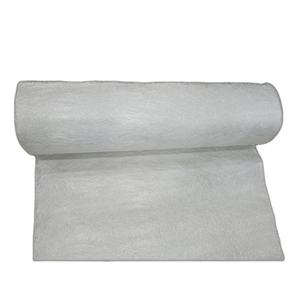
High-temperature insulation ceramic fiber sheets, ceramic wool s.
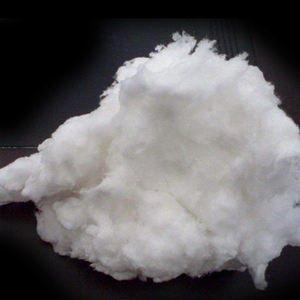
ISO9001 Certified Ceramic Fiber Board Quality Assurance, Refractory Cutting and Processing for Critical Thermal Applications
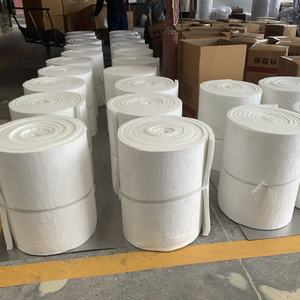
1mm, 2mm, 3mm, 4mm, 5mm thickness, 1260°C fireproof ceramic fiber wool paper
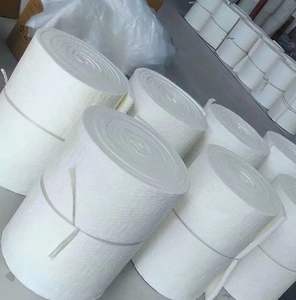
Refractory 1260°C biosoluble insulation ceramic fiber sheets for high-temperature furnaces, dimensions 25x500x1000mm.

Aluminum silicate thermal insulation for industrial furnaces, ceramic fiber blocks/blocks, 1260/1430 HZ.


